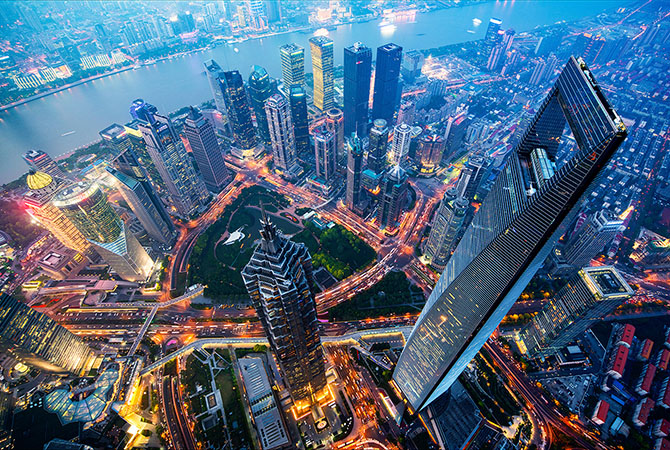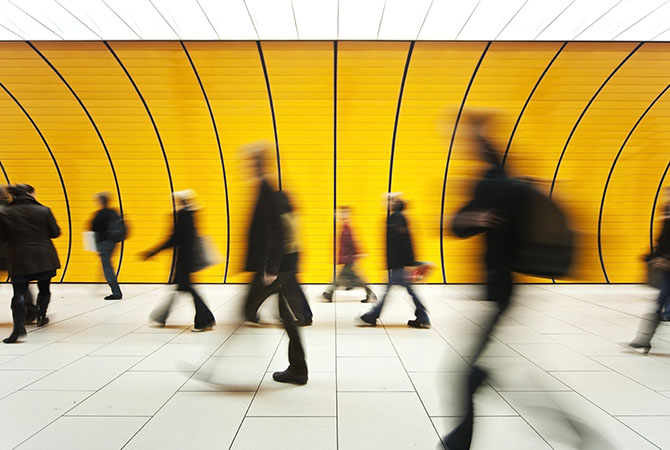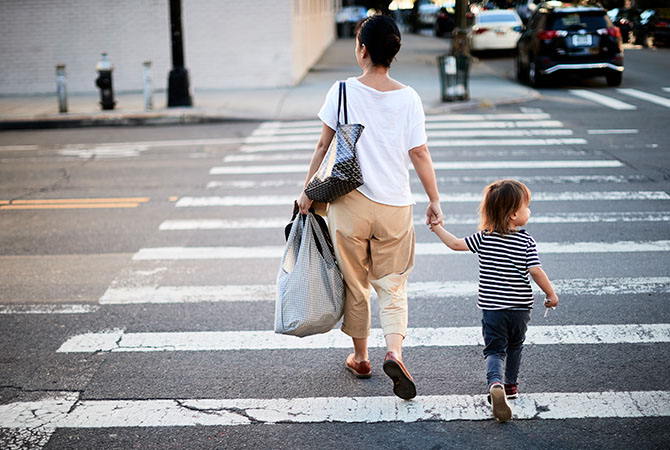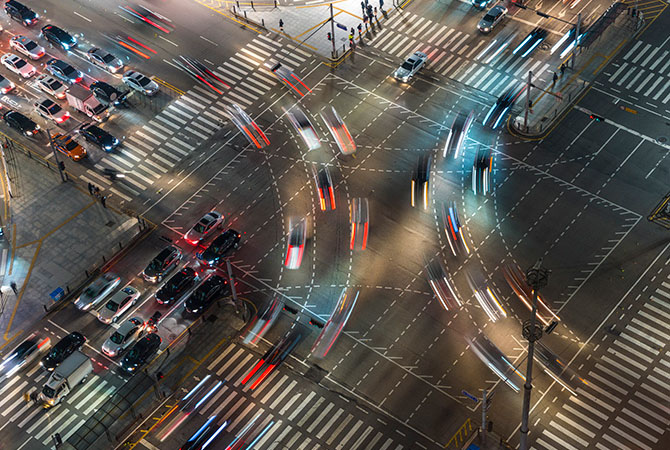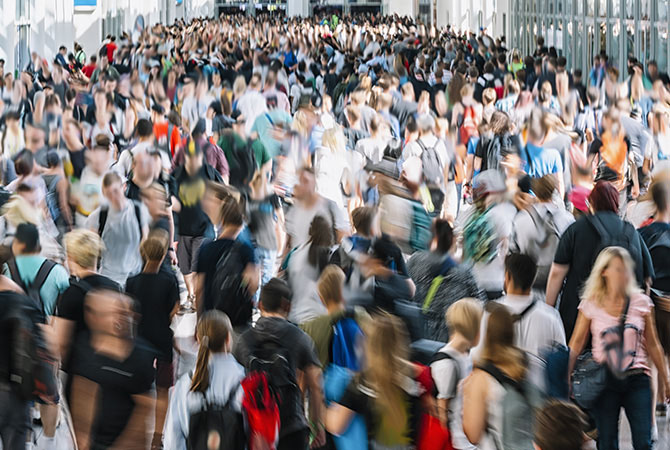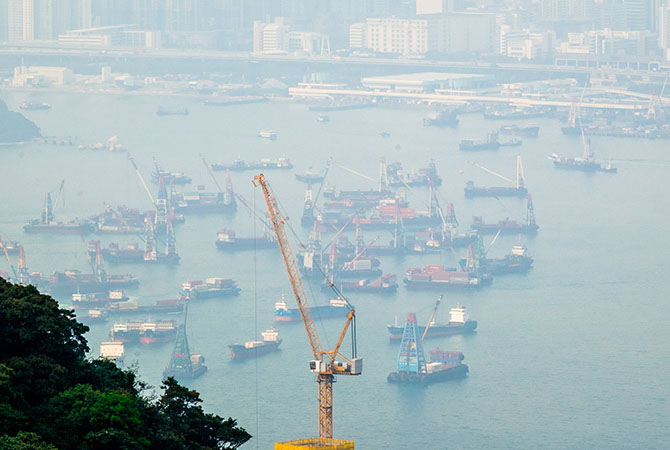In order to reach the true potential of a “smart city,” AI processing will have to move from the cloud onto secure local devices, maintaining individual privacy, reducing data transfer rates, and enabling quicker reaction times for critical systems.
McKinsey estimates that smart city applications can improve key quality-of-life indicators up to 30 percent, in regards to time saved, health and safety, environmental impact, and social participation.
